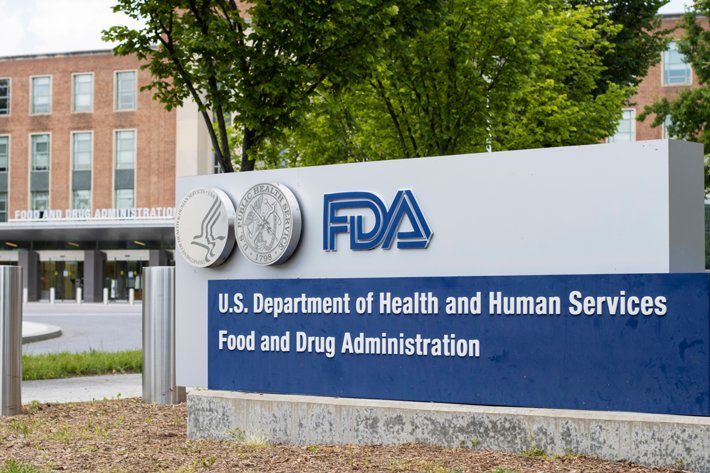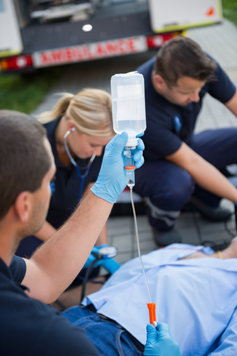FDA Takes Action to Restrict Addictive Tranquilizer Drug, But Is it Too Late?

Every time a new drug comes on the scene, every time a new concoction or cocktail of drugs becomes popular among users, there is an effort by government institutions and public health agencies to protect the population. Recent efforts by the Food and Drug Administration to restrict imports of xylazine is one such effort.
The Food and Drug Administration Moves to Bolster Regulations Regarding Xylazine
News headlines in late-February 2023 reported the FDA was taking action to restrict imports of the veterinary tranquilizer xylazine. The FDA announced it was taking action to combat the alarming spike in xylazine-related overdoses across America, namely overdoses involving xylazine mixed with other drugs.
Veterinarians use xylazine to sedate large animals such as horses and deer. However, xylazine is not meant for human consumption. When humans experiment with xylazine – often in a hybrid concoction of xylazine mixed with synthetic opioids like fentanyl – using the drug can lead to a fatal overdose.
“The FDA remains concerned about the increasing prevalence of xylazine mixed with illicit drugs, and this action is one part of broader efforts the agency is undertaking to address this issue.”
The FDA has responded to an uptick in xylazine misuse by implementing stricter regulations on xylazine imports. FDA Commissioner Dr. Robert Califf spoke about the issue. “The FDA remains concerned about the increasing prevalence of xylazine mixed with illicit drugs, and this action is one part of broader efforts the agency is undertaking to address this issue,” he said. “We will continue to use all tools at our disposal and partner with the Drug Enforcement Administration and other federal, state, local agencies and stakeholders as appropriate to stem these illicit activities and protect public health.” To prevent illicit xylazine use, the FDA has added regulations to enable FDA staffers to detain xylazine shipments if they appear to violate the law. Further, the FDA has created new rules around procuring xylazine ingredients, tougher regulations for facilities that process xylazine, and additional mandates for licensed pharmacies and veterinary practices to follow when ordering, storing, and administering xylazine.
Hopefully, the slew of new regulations on a previously more or less unregulated drug will make it more difficult for drug dealers and criminals to access xylazine.
What is Xylazine?

In 2021, the Drug Enforcement Administration released one of the first official statements warning the public of the growing xylazine diversion trend. The DEA highlighted how xylazine is extremely dangerous for human consumption and should only be used in veterinary applications. Quoting that report, “It [xylazine] is used on many different animal species such as cattle, sheep, horses, dogs, cats, deer, rats, and elk to calm and facilitate handling, perform diagnostic and surgical procedures, relieve pain, or act as a local anesthetic. Xylazine [had] been studied in humans for its potential use as an analgesic, hypnotic, and anesthetic, but these clinical trials were terminated due to its severe hypotension and central nervous system depressant effects.” Because xylazine does have veterinary applications, the DEA has not classified it as a controlled substance. However, this may change if the drug continues to enter the illicit drug supply for human consumption and experimentation.
Xylazine and Opioids, a Deadly Concoction

When used by humans, xylazine can depress breathing, blood pressure, heart rate, and body temperature to critical levels. Further, people who inject drugs containing xylazine can develop severe skin wounds and dead and rotting tissue, and affected areas can become so infected that they require amputation. Reports also suggest life-threatening wounds can develop in areas of the body, even far away from the injection site.
Perhaps most concerning to public health officials and American families alike, when xylazine is mixed with opioids, the use of the drug can produce a potent, longer-lasting high. That makes the concoction desirable to addicts and dealers alike. However, first responder reports show that such a concoction renders naloxone, the critical overdose reversal drug, useless. When responders administer naloxone to an overdosing addict, if the addict took an opioid mixed with xylazine, the naloxone may not revive the addict, even after multiple doses of the medicine.
As one can imagine, an opioid concoction spreading in accessibility and popularity across America – one which causes overdoses that do not respond to the life-saving medication naloxone – is extremely concerning.
Addiction Treatment Saves Lives
It should be seen as a good thing that the FDA is implementing new regulations to make it more difficult for xylazine to be diverted for illicit use. However, more must be done to ensure that people who use drugs receive the treatment they need before their drug use results in a fatal outcome. According to the National Institute on Drug Abuse, only about 13% of drug addicts ever receive treatment. Meanwhile, more than 100,000 Americans die from drug use each year.
To bolster efforts by the FDA to reduce xylazine accessibility for those who would misuse it, every American who knows someone addicted to drugs should do everything within their power to help their family member, friend, co-worker, or loved one seek treatment.
It is easy to die from overdosing on xylazine-tainted opioids, meth, or cocaine. Often, addicts don’t even know they’re using a drug with xylazine until it is too late. If you know someone using drugs who cannot stop using them on their own, please help them seek treatment at a qualified residential addiction treatment facility as soon as possible.
Sources:
- USNews. “FDA Takes Action Against Animal Tranquilizer Tied to Fatal ODs.” US News, 2023. usnews.com
- NIDA. “Xylazine.” National Institute on Drug Abuse, 2023. nida.nih.gov
- DEA. “Xylazine.” Drug Enforcement Administration, 2022. deadiversion.usdoj.gov
- NIDA. “Making Addiction Treatment More Realistic and Pragmatic: The Perfect Should Not be the Enemy of the Good.” National Institute on Drug Abuse, 2022. nida.nih.gov


 ®
®